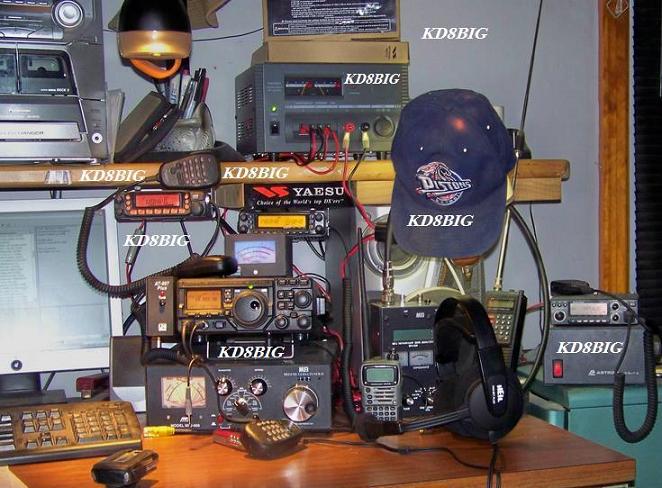Thursday, April 5, 2012
DX News
JA1XGI will be active as A35XG from Tonga through the 9th of April on 30, 17 and 12 metes using CW, SSB and digital modes. QSL him also via his home callsign, direct or via the bureau.
ON4AEO and several other operators will be active as 3DA0FC from Swaziland from April 6th to the 10th. They plan to operate SSB, RTTY and PSK on 80 through 10 meters. QSL via ON4CJK, direct or via the bureau.
Lastly, GM6TW will be operating from the Inner Hebrides from April 7th to 13th. His main operating location will be the Isle of Jura, but he also- hopes to activate from Islay and Colonsay as well. No frequencies or modes were given. QSL via M0UTD.
DX UNIVERSITY APRIL 20 – LAST CALL TO REGISTER
The annual 'DX University' will take place in Visalia, California, on Friday, April 20th. On the program are several of the world's most renowned DXers who will share their knowledge. You will also hear some vital tips on making DXCC and on achieving Honor Roll status.
So far over 120 hams have already reserved their place at this session. There are still a few seats left. Go to www.dxuniversity.com to register.
HOW TO READ PROPAGATION NUMBERS
The A index [ LOW is GOOD ]
- 1 to 6 is BEST
- 7 to 9 is OK
- 11 or more is BAD
Represents the overall geomagnetic condition of the ionosphere ("Ap" if averaged from the Kp-Index) (an average of the eight 3-hour K-Indices) ('A' referring to amplitude) over a given 24 hour period, ranging (linearly) typically from 1-100 but theoretically up to 400.
A lower A-Index generally suggests better propagation on the 10, 12, 15, 17, & 20 Meter Bands; a low & steady Ap-Index generally suggest good propagation on the 30, 40, 60, 80, & 160 Meter Bands.
SFI index [ HIGH is GOOD ]
- 70 NOT GOOD
- 80 GOOD
- 90 BETTER
- 100+ BEST
The measure of total radio emissions from the sun at 10.7cm (2800 MHz), on a scale of 60 (no sunspots) to 300, generally corresponding to the sunspot level, but being too low in energy to cause ionization, not related to the ionization level of the Ionosphere.
Higher Solar Flux generally suggests better propagation on the 10, 12, 15, 17, & 20 Meter Bands; Solar Flux rarely affects the 30, 40, 60, 80, & 160 Meter Bands.
K index [ LOW is GOOD ]
- 0 or 1 is BEST
- 2 is OK
- 3 or more is BAD
- 5 is VERY VERY BAD
The overall geomagnetic condition of the ionosphere ("Kp" if averaged over the planet) over the past 3 hours, measured by 13 magnetometers between 46 & 63 degrees of latitude, and ranging quasi-logarithmically from 0-9. Designed to detect solar particle radiation by its magnetic effect. A higher K-index generally means worse HF conditions.
A lower K-Index generally suggests better propagation on the 10, 12, 15, 17, & 20 Meter Bands; a low & steady Kp-Index generally suggest good propagation on the 30, 40, 60, 80, & 160 Meter Bands.
Terms of Service
I am not responsible for any thing that happens to your mental health, computer and all personal property because you visited my site.
This site is a collection of some things sent to me by e-mail, obtained from other blogs and the internet. If there is a picture or quote that is copyrighted to you let me know and I will remove your item .
Thoughts expressed in my blog are just that . I give My Opinion on the many events, products and how too, reported by the media and other web-sites.
Do not use this blog site to obtain weather events or disasters information. What I post may not be correct. Always get information from the proper media, weather (NWS)(NOAA)
Pacific Tsunami Warning Center and USGS sites










